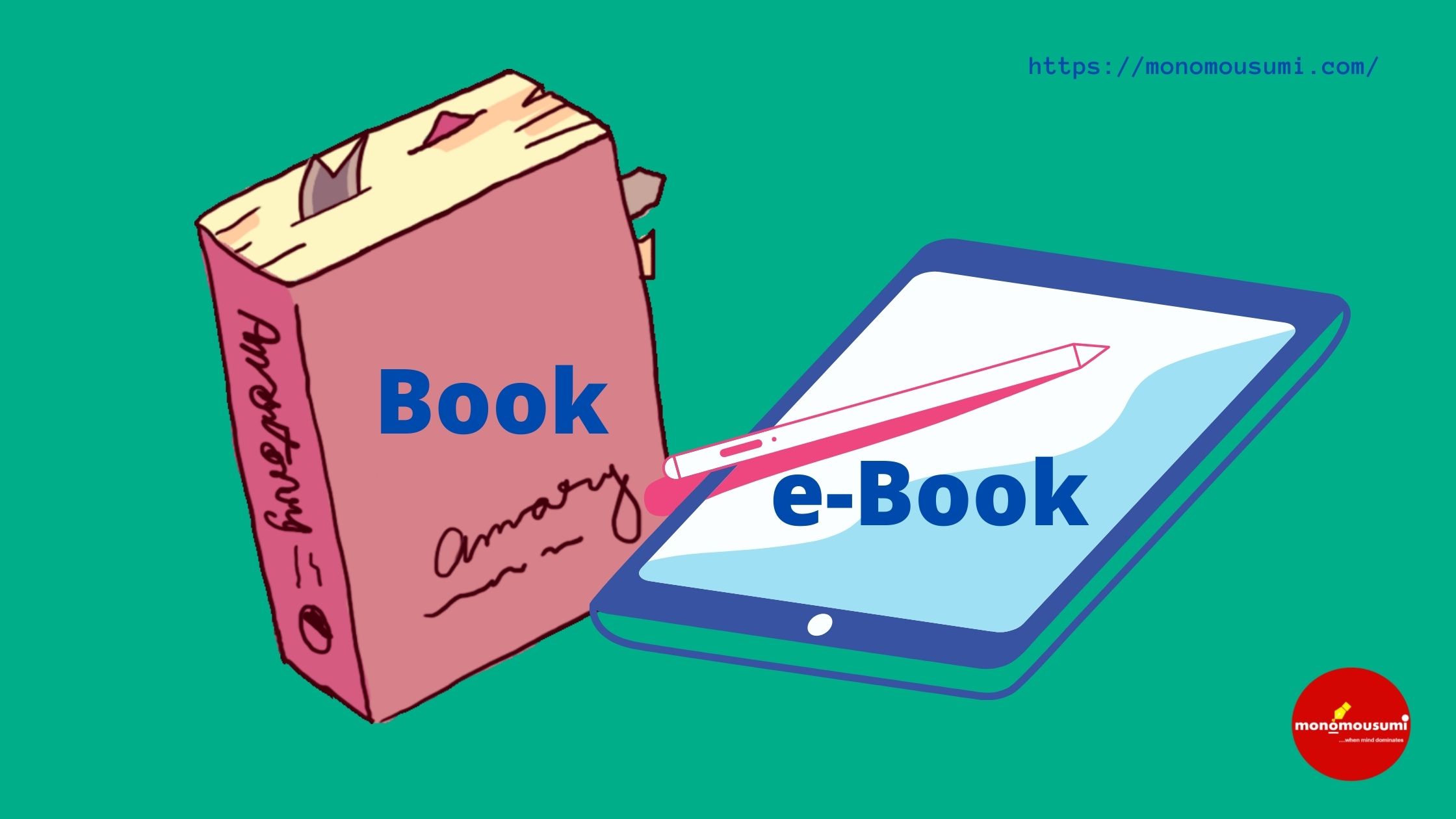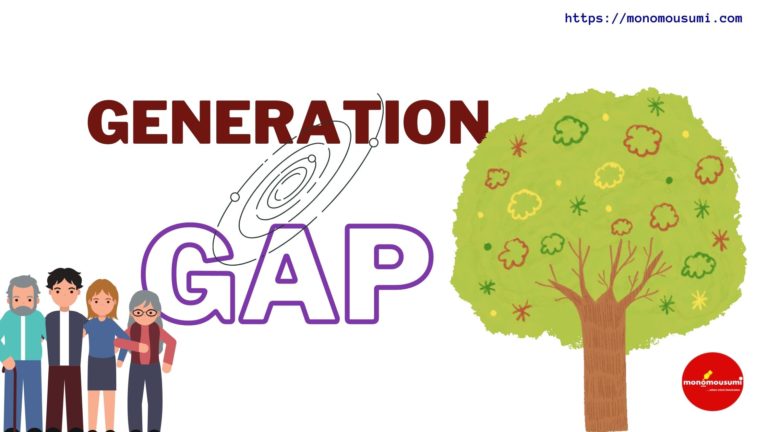
“A room without books is like a body without a soul.”
This quote by Marcus Cicero, truly explains musings of a bibliophile (a person who has great love for books). Inhaling smell of freshly printed books is an emotional experience, and the wonderful feeling a book-lover gets, while holding a book just like a newborn baby is just inexpressible. But as we entered the digital age, everything got evolved and digitized.
From money to books, everything changed and developed adding the prefix ‘e’ to their names. With advent of technology era, E-books took birth revolutionizing the book world. Every coin has two sides. Similar is the case of Printed books vs. eBooks.
History: When books took birth?
The Buddhist ‘Diamond Sutra’ was first printed in 868 A.D. With the print revolution started- Johannes Gutenberg invented the first book in the year 1440. The first book he printed was the Bible. Books developed in various forms- Chapbooks were books with low quality pages made for the poor. This made it possible for the poor to have access to the reading world. For the rich, special personalized books were made with leather covers and illustrations. Soon with the industrial revolution, the quality of books developed and in 1935 the first Penguin Paperback was published.
The first book on CD was published in 1985 by a famous US Publisher, this paved the way for e-books. The Rocket eBook was the first commercial e-reader device to use this technology From 2000-2006 A.D. The market of e-books started taking shape, Novella by Stephen King – Riding the bullet was first published through electronic means. In the year 2007 Amazon released the first ebook reader- Kindle. Now in 2021, e-books are easily accessible and available on various platforms like Playbooks, Apple books, Amazon etc.
What is an E-Book?
When a book is available in digital format it is called an e-book or electronic book. These can be read by using smart phones, tablets, computers, laptops and preferably e-readers. It contains text in digital form.
What is a Printed book?
Book in its material form is a printed book. It consists of pages/sheets glued together and bound by a cover.
The Unfinished Battle
- Accessibility and Portability
It’s an important feature nowadays while buying anything. E-books can be read and carried anywhere, it’s easily accessible. On an e-reader, smart phone, laptop or computer, books can be read anytime but prerequisite is they need to be charged. 100s of e-books can be carried along while travelling or venturing out. Being able to carry 100s of books together makes e-book a wonderful creation.
Printed books don’t need to be ‘charged’ in order to read them. But it’s difficult to carry them while travelling; they are less portable compared to e-books.
- Eye-friendly
E-books can even be read in the dark, because we can adjust lights. But even with low light and anti-glare technology, the eyes get affected because of e-book but many readers complain about eye-strain and other eye-related problems while reading an ebook.
Printed books are eye-friendly. With the ongoing pandemic our screen time has increased tremendously in such cases printed books offer a great relief to eyes.
- Impact on environment
It’s a general view that e-books don’t cause much damage to the environment compared to printed books. But the truth is mind-boggling. E readers take carbon to produce more than printed books do, so studies indicate you need to read between 22-100 books on a reader to make it more environmentally conscious than hard copy books. Borrowing books from a library is also a green option.
The newspaper and book publishing industries together use 579 billion litres of water annually, around the world (according to study by the nonprofit Green Press Initiative). It takes about 26 litres to produce the average printed book, while e-publishing companies can create a digital book with less than 2 cups of water.
- Recycling and disposal
We can buy new or used books or even borrow a book which is more environmentally friendly. We can even recycle printed books. Also, some publishers use green techniques which prevent release of toxic elements. Whereas, when it comes to recycling it’s difficult to recycle an e-reader. Proper steps must be followed to dispose of it off as it contains harmful and toxic elements.
- Connectivity
E-books need network connection as the new digital world has given birth to it. Sometimes, due to network issues the e-books are inaccessible. But in the case of printed books, there’s no such issue. We can read it in a non-network area, and they are never going to disappoint a reader (as they are always on service whenever the reader wishes to read).
- Availability
Have you often felt disappointed for not getting the book which was in your TBR list in your city, or waited for days to get your favorite book? The wait is never ending. But e-books are available 24 x 7 at our fingertips. They never go out of stock, there’s no waiting. Buying a printed book is a tedious task with lots of bumpy rides if you couldn’t get the one you wish for. But e-books can be simply downloaded through the internet.
- Cost
A Printed book is costlier than an e-book, however, the initial price of an e-Reader is higher than print. But if one uses a smartphone or PC itself for reading then just the cost of the book is charged along with an annual subscription. Printed books are costlier compared to e-books. But one thing is for sure, it’s difficult to get a free printed book but free eBooks can be downloaded easily. Project Gutenberg, Booksbon and even Google Ebook store offer free ebooks.
- Storage
Printed books require a lot of space for storage, but e-books can be simply stored in an e-device or Smartphone.
- Focus and retention of information
Physical books have more impact on our minds compared to an eBook. While reading a printed book it’s easier to focus and retention of information is more. In e-books one might get distracted by links and notifications. Also, studies show that retention of information is higher in printed books compared to e-books. A study was conducted on students where those who used printed books showed higher retention capacity than those who were made to read on screens.
- Health
The Guardian reported on a Harvard study linking e-reading and sleep deprivation. An e-book reader takes 10 minutes longer to fall asleep compared to a printed book reader. Printed books help us to sleep better. With printed books one can truly immerse in an engrossing story; there are no distractions, our minds are focused and engaged for longer, so they can work as serious stress-relievers. In fact, studies have shown that reading for just six minutes can reduce stress levels by up to 68%.
- The Experience and Emotional Connect
The experience a person gets while reading a printed book is completely different from an e-book. The real reading satisfaction comes when there’s crisp paper on your fingertips, the smell of new books and the sound of turning pages of books one after another. Even highlighting things and writing our own thoughts and making some markings is easier in printed books. Though many e-books have such options, the true pleasure comes when we are seated with a book in hand, with highlighters and pen marking what we love. Related to deep reading, the physicality of books invites a physical person-to-object relation, lending more “realness” to the characters and stories. The effect is that books enable emotional connectivity where eBooks do not. Each book you read is a new physical experience while eBooks are all just new ways to experience the same old cell-phone (or E-Reader, or tablet). One can write, draw pictures, add book-covers, create flip-books in the bottom corner i.e. do anything creative mind thinks of on a printed book.
What does statistics say about this battle?
Printed books make $22.6 billion and e-books make $2.04 of Revenue of the Print industry.
37% of people read only printed books. 7 % read only e-books and 28% people read both printed and ebooks.
Printed books and e-books differ with respect to cost, availability and features but deliver the same content. A consumer has to compare the options and analyze according to their need and select the format they prefer. Some discussions are endless, this is one of them. No one can be proved to be superior. Overall it depends on the reader, both paper books and eBooks have their own advantages and disadvantages in reading which is subjective and depends upon a person. But, both of them are means to the same end and serve the same purpose. The decision is ultimately of the readers to decide whether they would prefer books or eBooks. What’s your choice?
By Urvi Pramendra Shah


